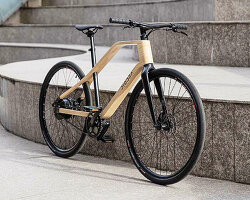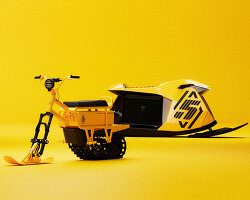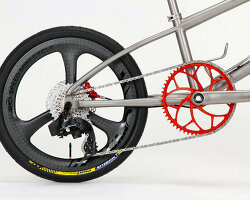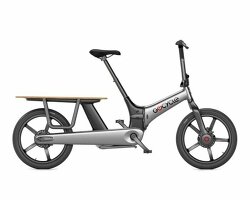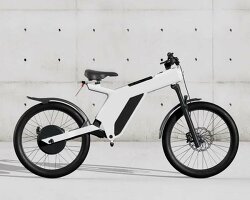KEEP UP WITH OUR DAILY AND WEEKLY NEWSLETTERS
PRODUCT LIBRARY
BMW releases the upgraded vision neue klasse X, with a series of new technologies and materials especially tailored for the upcoming electric smart car.
following the unveiling at frieze LA 2024, designboom took a closer look at how the color-changing BMW i5 flow NOSTOKANA was created.
connections: +630
each unit draws inspiration from emergence, featuring a hexahedron-based structure that facilitates integration into larger systems.
connections: 96
brian eno revives his color-changing neon turntable for the second time, on display too at paul stolper gallery in london until march 9th, 2024.
connections: +380
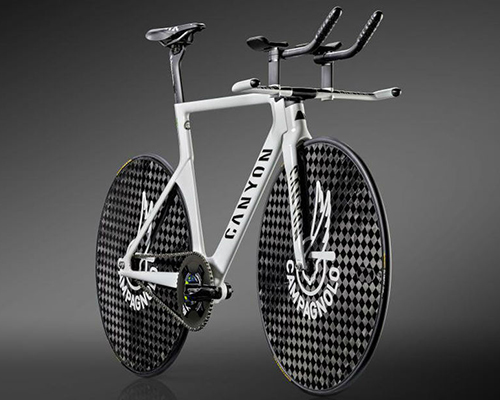
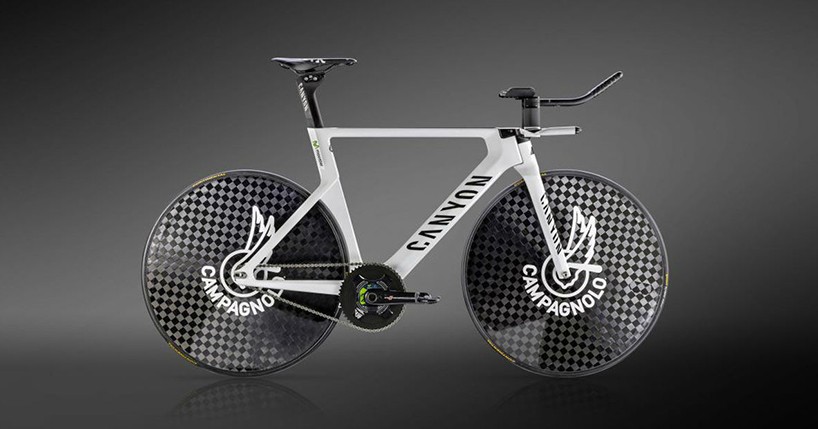 the bike weighed just 7.3 kilograms
the bike weighed just 7.3 kilograms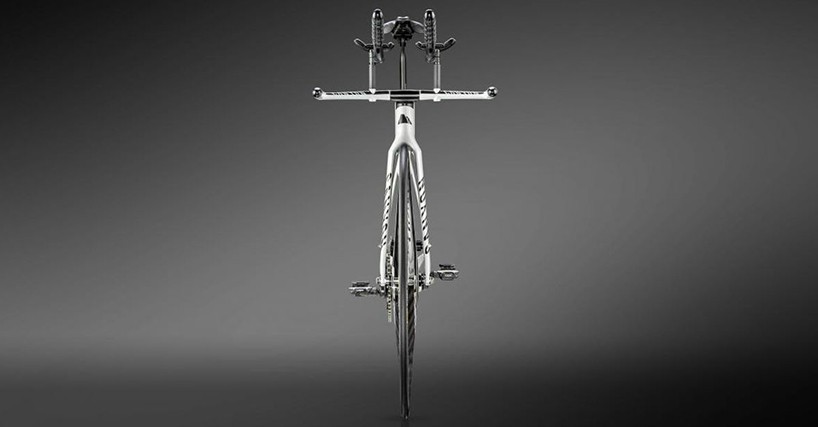 the frame was made from aircraft grade 7075 aluminum
the frame was made from aircraft grade 7075 aluminum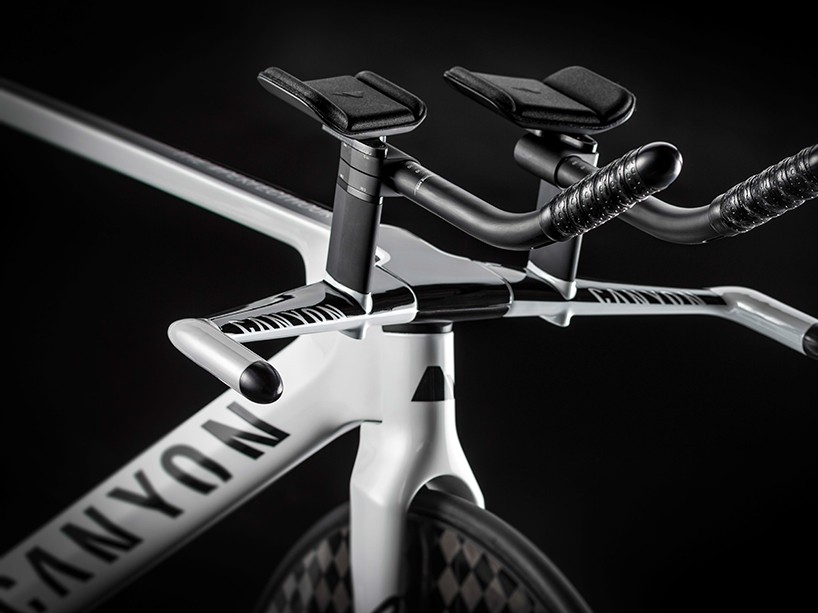 to further optimize air flow, braking hardware and shifters are removed
to further optimize air flow, braking hardware and shifters are removed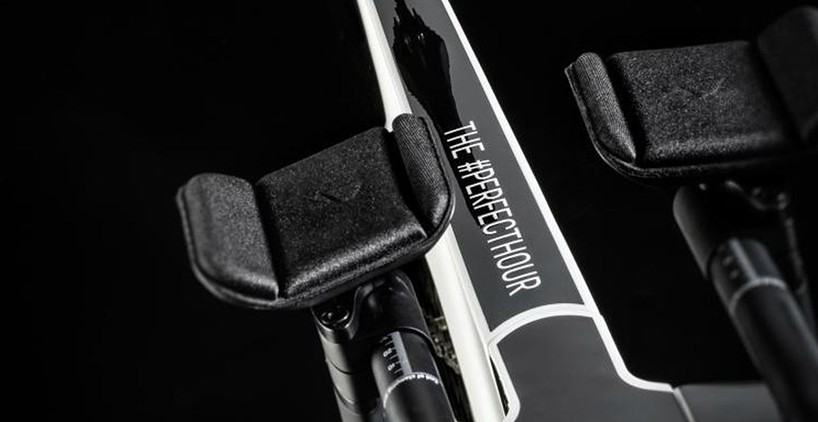 arm pads for entering the race position
arm pads for entering the race position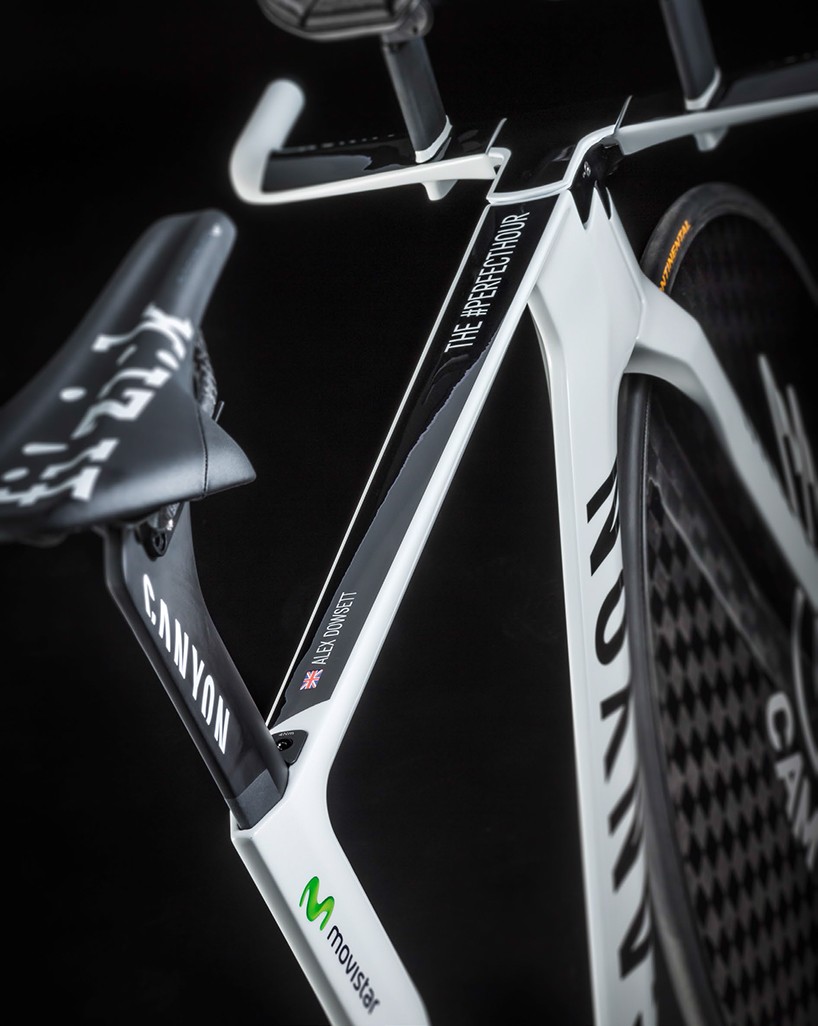 UCI regulations prohibited the use of multiple gears, brakes and water bottles
UCI regulations prohibited the use of multiple gears, brakes and water bottles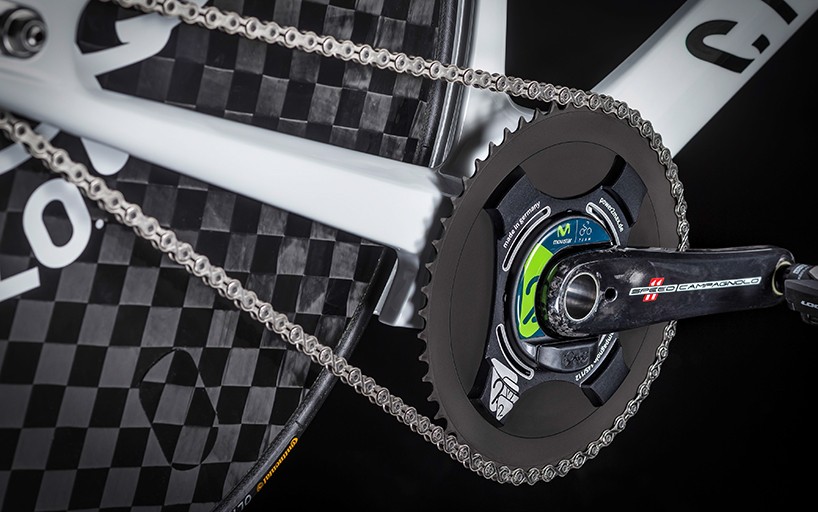 the full carbon crank arms, strengthened chainrings and optimized chain line
the full carbon crank arms, strengthened chainrings and optimized chain line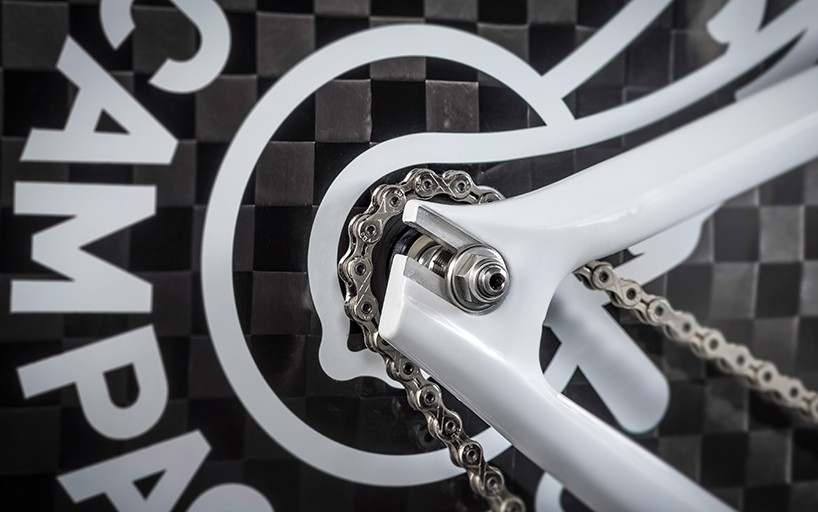 there was no rear derailleur issued on the bike
there was no rear derailleur issued on the bike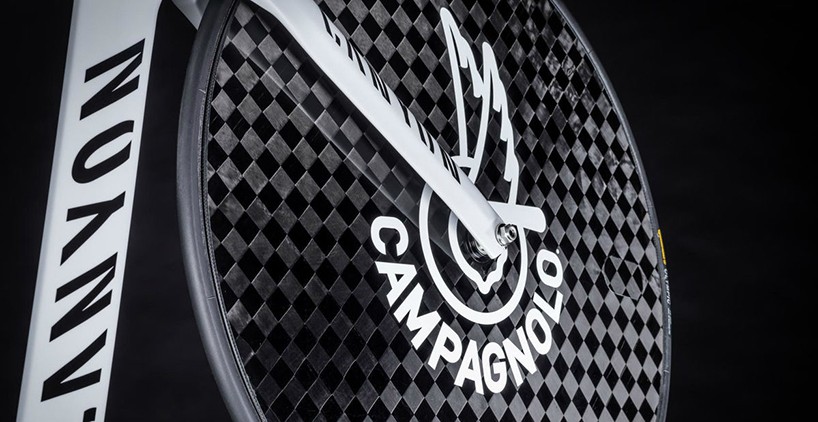 track disc wheels from italian component specialists campagnolo
track disc wheels from italian component specialists campagnolo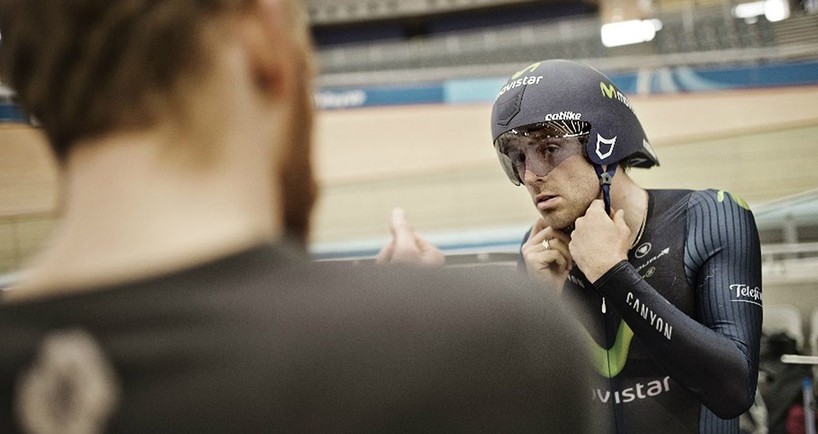 alex dowsett at the track testing the canyon ‘speedmax WHR’
alex dowsett at the track testing the canyon ‘speedmax WHR’